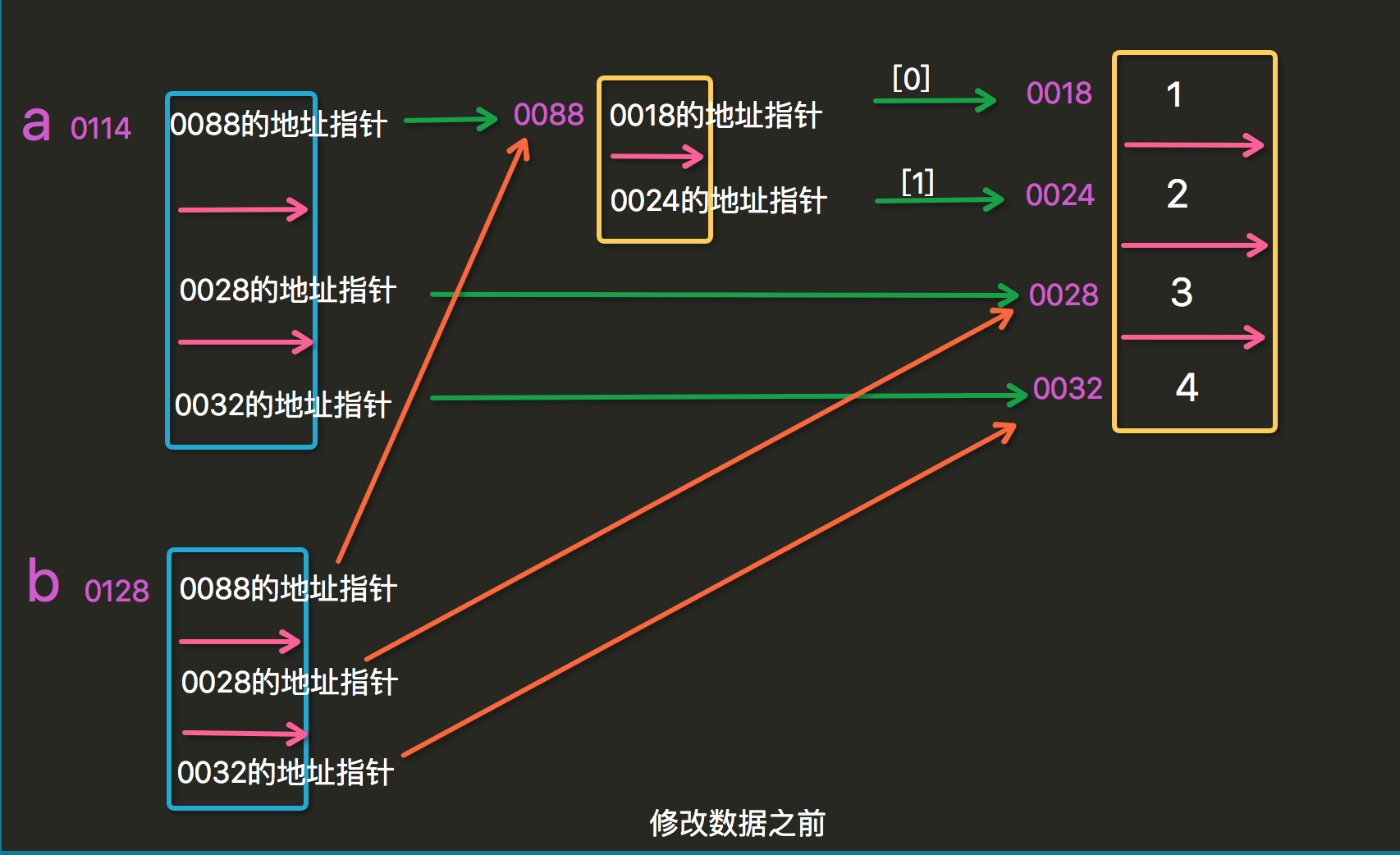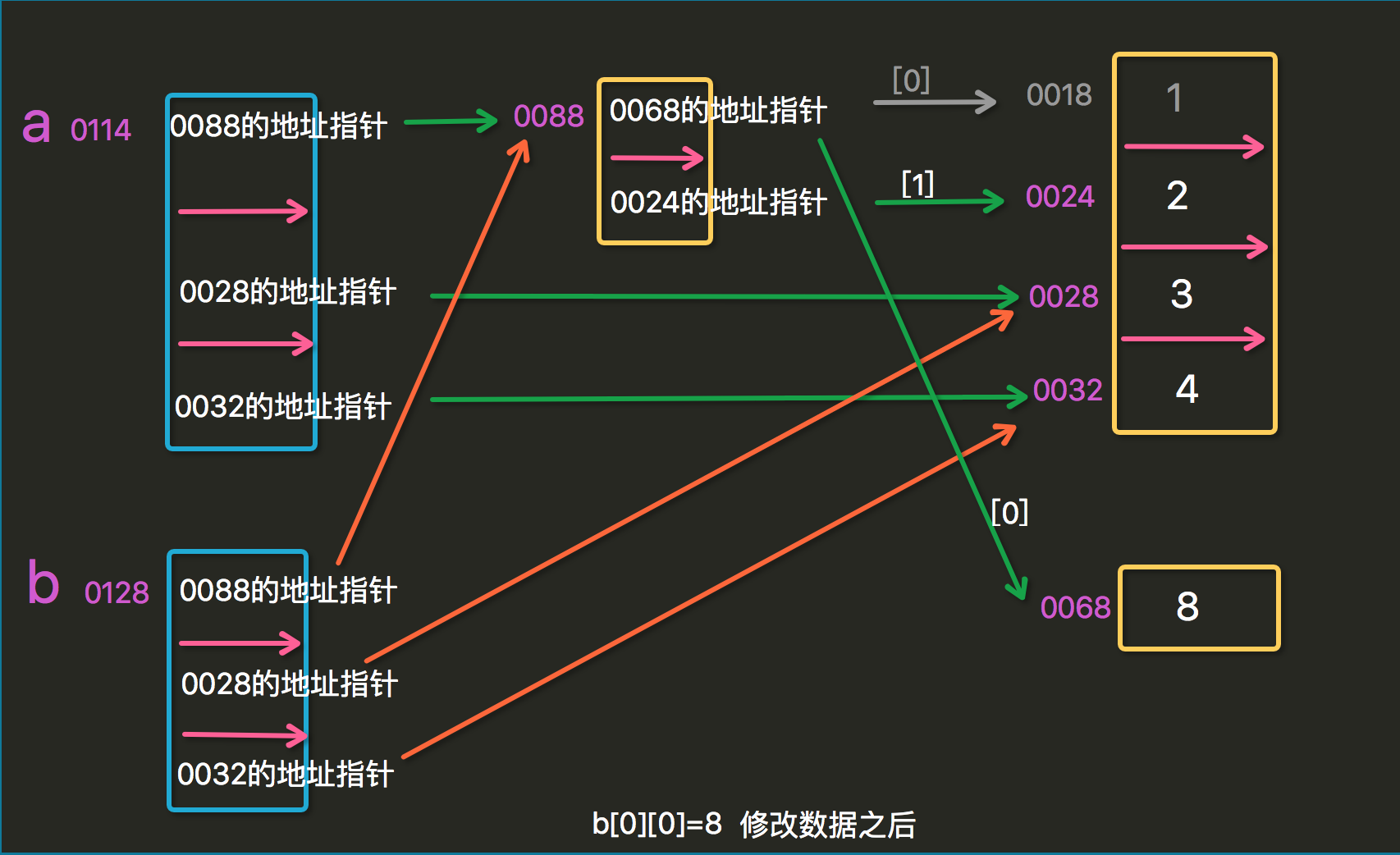Python 基础
字符串
1、大小写替换

content = "hello world!" #首字母大写 # title(self) print(content.title()) # Hello World! #全部大写 # upper(self) print(content.upper()) # HELLO WORLD! #全部小写 # lower(self) print(content.lower()) # hello world! #仅第一个字符串大写 # capitalize(self) print(content.capitalize()) # Hello world! #大小写互换 # swapcase(self) print(content.swapcase()) # HELLO WORLD!
2、剔除空格

delete_space = "\tHello World! " #删除两边空格 # strip(self,chars) print(delete_space.strip()) # Hello World! #删除左边空格 # lstrip(self,chars) print(delete_space.lstrip()) # Hello World! #删除右边空格 # rstrip(self,chars) print(delete_space.rstrip()) # Hello World!
3、查找

data = "Hello world!" #从前面查找 # find(self,sub,__start,__end) print(data.find("d")) # 10 # index(self,sub,__start,__end) print(data.index("d")) # 10 #从后面查找 # rfind(self,sub,__start,__end) print(data.rfind("l")) # 9 # rindex(self,sub,__start,__end) print(data.rindex("l")) # 9 # 注:find跟index用法一样,但index找不到会报错,而find会输出 -1
4、替换,切割

"""替换""" content = "Heiio World!" # replace(self,old,new,count) print(content.replace("i","l")) #Hello World! """切割""" content = "Hello World !" # split(self,sep,maxsplit) content = (content.split(' ')) print(content) # ['Hello', 'World', '!']
5、填充

fill = "Hello" #固定左面,字符不足时,填充 # ljust(self,width,fillchar) print(fill.ljust(10,"-")) # Hello----- #固定右面,字符不足时,填充 # rjust(self,width,fillchar) print(fill.rjust(10,"-")) # -----Hello #固定右中,字符不足时,填充 # center(self,width,fillchar) print(fill.center(10,"-")) # --Hello--- #固定右面,字符不足时,补0 # zfill(self,width) print(fill.zfill(10)) # 00000Hello
6、is判断

#是否仅由空格 # isspace(self) judge = " " print(judge.isspace()) # True judge = "" print(judge.isspace()) # False judge = "Hello world" print(judge.isspace()) # False #像不像数字 # isdigit(self) judge = "1" print(judge.isdigit()) # True judge = "s1" print(judge.isdigit()) # False judge = " 1 2 3" print(judge.isdigit()) # False #是否仅由字母或数字 # isalnum(self) judge = "s1" print(judge.isalnum()) # True judge = "Hello world" print(judge.isalnum()) # False #是否仅由字母组成 # isalpha() judge = "Hello" print(judge.isalpha()) # True judge = "Hello world" print(judge.isalpha()) # False judge = "Hello,world" print(judge.isalpha()) # False #是否只包含十进制字符 # isdecimal(self) judge = "a" print(judge.isdecimal()) # False judge = "123432" print(judge.isdecimal()) # True #判断变量名是否合法 # isidentifier(self) judge = "1_a" print(judge.isidentifier()) # False judge = "asdf" print(judge.isidentifier()) # True #是否仅由数字组成 # isnumeric(self) judge = "1_one" print(judge.isnumeric()) # False judge = "123" print(judge.isnumeric()) # True #是否都是可打印字符(in repr())或字符串为空 # isprintable(self) judge = "" print(judge.isprintable()) # True judge = "Hello world!" print(judge.isprintable()) # True #首字母大写 # istitle(self) judge = "Hello world" print(judge.istitle()) # False judge = "Hello World " print(judge.istitle()) # True judge = "Hello World !" print(judge.istitle()) # True #字母小写 # islower(self) judge = "Hello world" print(judge.islower()) # False judge = "hello world" print(judge.islower()) # True #字母大写 # isupper(self) judge = "HEllo World" print(judge.isupper()) # False judge = "HELLO WOELD" print(judge.isupper()) # True
7、其他判断

# 判断尾 # endswith(self,suffix,start,end) letter = "Hello World" print(letter.endswith("d")) # True print(letter.endswith("l")) # False # 判断首 # startswith(self,prefix,start,end) letter = "Hello World" print(letter.startswith("h")) # False print(letter.startswith("H")) # True
8、join

# 字符串join letter = "hello" letter = "!".join(letter) print(letter) # 列表join list_join = ["Hello","World"] list_join = "||".join(list_join) print(list_join) # 元祖join tuple_join = ["Hello","World"] tuple_join = " + ".join(tuple_join) print(tuple_join)
9、格式化

''' 字符串 %s 整数 %d 浮点数 %f format {} #接受多种类型 ''' content_s = "Hello %s" %"world" print(content_s) # Hello world content_d = "1+1 = %d" % 2 print(content_d) # 1+1 = 2 content_f = "0.1 + 1 = %f" % 1.1 print(content_f) # 0.1 + 1 = 1.100000 # 使用format(self,args,kwargs) # *args 任意数量的形参 # **kwargs 任意数量的实参(关键字实参) content_format = "Hello world {}".format("!") print(content_format) # Hello world ! students = "{name} is {year} years old {}" .format("!",name="Tom",year=16) print(students) # Tom is 16 years old ! # 使用 format_map(self,map) content_format_map = "It's a {color} {animal}" map_dict = {"color":"green","animal":"kitty"} new_content = content_format_map.format_map(map_dict) print(new_content) # It's a green kitty
10、其他操作

#返回使用空格展开所有制表符的S的副本 # expandtabs(self,tabsize) expand = "Hello\tWorld" print(expand.expandtabs(10)) # Hello World
translate 转换

s = "Hello \nWorld" d = dict.fromkeys(range(32)) result = s.translate(d) print(result)

s = "Hello \nWorld" d = str.maketrans("HW","hw") result = s.translate(d) print(result)
列表
1、切片 顾头不顾尾
列表的索引值: 0

animal = ["dog","cat","pig","tiger","panda"] #取索引为0的值 print(animal[0]) # dog #从索引第一个到倒数第二个 print(animal[1:-3]) # ['cat', 'pig'] #从索引第一个到最后一个 print(animal[1:]) # ['cat', 'pig', 'tiger', 'panda'] #复制列表并步进 print(animal[::2]) # ['dog', 'pig', 'panda']
2、修改,添加,删除

# 修改 animal = ["dog","cat","pig","tiger","panda"] #单个修改 animal[0] = "wolf" print(animal) # ['wolf', 'cat', 'pig', 'tiger', 'panda'] #多个修改 animal[0:2] = ["dogs","cats"] # ['dogs', 'cats', 'pig', 'tiger', 'panda'] print(animal) # 添加 # append(self,object) animal = ["dog","cat","pig","tiger","panda"] animal.append("wolf") print(animal) # ['dog', 'cat', 'pig', 'tiger', 'panda', 'wolf'] # insert(self,index,object) animal = ["dog","cat","pig","tiger","panda"] animal.insert(-1,"wolf") print(animal) # ['dog', 'cat', 'pig', 'tiger', 'wolf', 'panda'] # 删除 # remove(self,object) animal = ['dog', 'cat', 'pig', 'tiger', 'wolf', 'panda'] animal.remove("wolf") print(animal) # ['dog', 'cat', 'pig', 'tiger', 'panda'] # pop(self,index) animal = ['dog', 'cat', 'pig', 'tiger', 'wolf', 'panda'] pop_animal = animal.pop(-2) print(animal) # ['dog', 'cat', 'pig', 'tiger', 'panda'] #查看删除了那个元素 print(pop_animal) # wolf # del animal = ['dog', 'cat', 'pig', 'tiger', 'wolf', 'panda'] del animal[-2] print(animal) # ['dog', 'cat', 'pig', 'tiger', 'panda'] #删除整个列表 del animal print(animal) # 报错(NameError: name 'animal' is not defined) #清空列表 # clear(self) animal = ['dog', 'cat', 'pig', 'tiger', 'wolf', 'panda'] animal.clear() print(animal) # []
3、for循环

# range(start,end,step) number_list_1 = [] for i in range(5): number_list_1.append(i) print(number_list_1) # [0, 1, 2, 3, 4] # 0—10的偶数 number_list_2 = [] for i in range(0,11,2): number_list_2.append(i) print(number_list_2) # [0, 2, 4, 6, 8, 10] # 1—10的平方 #第一种 number_list_3 = [] for i in range(1,11): square = i ** 2 number_list_3.append(square) print(number_list_3) # [1, 4, 9, 16, 25, 36, 49, 64, 81, 100] #第二种 square = [i**2 for i in range(1,11)] print(square) # [1, 4, 9, 16, 25, 36, 49, 64, 81, 100]
4、拷贝

a = [[1,2],3,4] b = a.copy() # 与 a[:]的作用一样 # 整数修改 b[1] = "three" print(a) print(b) # a完全不受b的影响 a = [[1,2],3,4] b = a.copy() # 列表修改 b[0][1] = "two" print(a) print(b) # a受到b的影响,改变了值
下面解释图,来源网络


5、其他操作

#计算某元素出现的次数 # count(self,object) animal = ["dogs"] for i in range(5): animal.append("dog") count_dog = animal.count("dog") print(count_dog) # 5 # 将一个列表,延伸到,另外一个列表 # extend(self,iterable) content_1 = [1,2,3] content_2 = [1,4,5] #将 content_1 延伸到 content_2 里面 content_2.extend(content_1) print(content_1) # [1, 2, 3] print(content_2) # [1, 4, 5, 1, 2, 3] #查看元素的索引 # index(self,object,start=0,end) animal = ["dog","cat","pig","tiger","panda"] index = animal.index("pig") print(index) # 2 #对列表排序 #永久性 # sort(self,key,reverse) animal = ["dog","cat","pig","tiger","panda"] animal.sort() print(animal) # ['cat', 'dog', 'panda', 'pig', 'tiger'] # reverse 字母相反顺序 animal.sort(reverse=True) print(animal) # ['tiger', 'pig', 'panda', 'dog', 'cat'] #临时性 animal = sorted(animal) # ['cat', 'dog', 'panda', 'pig', 'tiger'] print(animal) # reverse(self) 只是按照列表倒着打印 animal.reverse() # ['tiger', 'pig', 'panda', 'dog', 'cat'] print(animal)
元祖
元祖只能查,而不能修改

tuple_directory = (1,2,3) #查找 # index(self,x) print(tuple_directory.index(1)) # 0 #计算某个值出现的次数 # count(self,x) print(tuple_directory.count(1)) # 1 #查 print(tuple_directory[2]) # 3 print(tuple_directory[:]) # (1, 2, 3) for i in enumerate(tuple_directory): print(i) """(0, 1) (1, 2) (2, 3) """
集合
集合特点:
确定性(去重)
无序性
互异性
集合分类:可变集合、不可变集合
可变集合(set):可添加和删除元素,非可哈希的,不能用作字典的键,也不能做其他集合的元素
不可变集合(frozenset):可哈希的
集合用法

class_1 = set(["小明","小军","小李"]) class_2 = set(["小明","小红","小智"]) # 交集 (&) intersection = class_1.intersection(class_2) print(intersection) # {'小明'} # 并集 (|) union = class_1.union(class_2) print(union) # {'小明', '小李', '小军', '小智', '小红'} # 补集 (-) difference = class_1.difference(class_2) print(difference) # {'小军', '小李'} # 反向交集(^) symmetric = class_1.symmetric_difference(class_2) print(symmetric) # {'小军', '小李', '小红', '小智'} # 父集 (>) superset = class_1.issuperset(class_2) print(superset) # False # 子集 (<) subset = class_1.issubset(class_2) print(subset) # False

class_1 = set(["小明","小军","小李"]) class_2 = set(["小明","小红","小智"]) # 访问 # 因为集合是无序的,所以不能通过索引,只能通过遍历或,进行判断 print("小明" in (class_1 and class_2)) # True # 更新 # add作为一个元素,进行添加 class_1.add("小雷") print(class_1) # {'小军', '小明', '小雷', '小李'} # update作为一个序列,进行添加 class_2.update("小雷") print(class_2) # {'小红', '雷', '小智', '小', '小明'} # remove() 删除 class_2.remove(("小")) print(class_2) # print(class_2) # clear() 清除集合的内容 class_2.clear() print(class_2) # set() # 删除 del class_2
字典
无序性,键唯一
1、查看

#查看键 person = {"name":"小明","age":16} print(person.keys()) # dict_keys(['name', 'age']) for key in person.keys(): print(key) # name # age #查看值 person = {"name":"小明","age":16} print(person.values()) # dict_values(['小明', 16]) for value in person.values(): print(value) # 小明 # 16 #遍历所有的键-值对 person = {"name":"小明","age":16} for key,value in person.items(): print(key,'--->',value) # name ---> 小明 # age ---> 16
2、修改 ,set()的使用

#根据键来修改值 person = {"name":"小明","age":16} person["age"] = 17 print(person) # {'name': '小明', 'age': 17} #如果本身存在,不会进行修改 #setdefault(self,k,default) person = {"name":"小明","age":16} person.setdefault("age",17) print(person) # {'name': '小明', 'age': 16} #更新 #不存在时,进行扩展 # update(self,m,kwarg) person = {"name":"小明","age":16} new_person = {"sex":"男"} person.update(new_person) print(person) # {'name': '小明', 'age': 16, 'sex': '男'} #存在时,进行更新 person = {"name":"小明","age":16} new_person = {"name":"小李"} person.update(new_person) print(person) # {'name': '小李', 'age': 16} #使用set(), 找出独一无二的元素 persons = {"student_1":"小明","student_2":"小明"} for value in set(persons): print(value) # 小明
3、添加 ,zip()的使用

person = {"name":"小明","age":16}
person["sex"] = "男"
print(person) # {'name': '小明', 'age': 16, 'sex': '男'}
#使用zip(),添加键值-对
students = {}
key_list = ["one","two",'three']
value_list = ["小亮","小红","小王"]
#zip(iter1,iter2...)
for key,value in zip(value_list):
students[key] = value
print(students)
4、删除

#使用del删除 person = {'name': '小明', 'age': 16, 'sex': '男'} del person['sex'] print(person) # {'name': '小明', 'age': 16} #使用pop删除 person = {'name': '小明', 'age': 16, 'sex': '男'} # pop(self,k) pop = person.pop("sex") print(pop) # 男 print(person) # {'name': '小明', 'age': 16} #使用popitems() 随机返回并删除字典中的一对键和值 person = {'name': '小明', 'age': 16, 'sex': '男'} # popitem(self) person.popitem() print(person) # {'name': '小明', 'age': 16}
5、嵌套

#字典嵌套列表 students = {"name":["小明","小李","小张"],"age":[15,15,16]} print(students) #字典嵌套字典 students = {"小明":{ "age":15, "sex":"男", }} print(students) # {'小明': {'age': 15, 'sex': '男'}} #字典嵌套列表和字典 students = {"name":[{"小明":{"age":15}},{"小李":{"age":15}}]} print(students)
6、其他操作

#对所有的value做初始值 # fromkeys(seq) students = dict.fromkeys(["小明","小李","小张"]) print(students) # {'小明': None, '小李': None, '小张': None # sorted(iterable,key,reverse) students = {2:"two",1:"one",3:"three"} print(sorted(students)) # [1, 2, 3] print(sorted(students,reverse=True)) # [3, 2, 1] # 根据值进行排序 print(sorted(students.values())) # ['one', 'three', 'two'] print(sorted(students.values(),reverse=True)) # ['two', 'three', 'one']




